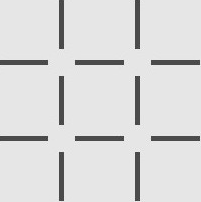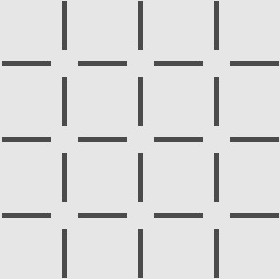
The integer dimensions of the parts of the puzzle (2, 3, 5, 8, 13) are successive Fibonacci numbers, which leads to the exact unit area in the thin parallelogram. However, the principle of a dissection paradox has been known since the start of the 16th century. Overlaying the hypotenuses from both figures results in a very thin parallelogram (represented with the four red dots) with an area of exactly one grid square, so the "missing" area.Īccording to Martin Gardner, this particular puzzle was invented by a New York City amateur magician, Paul Curry, in 1953. Note the grid point where the red and blue triangles in the lower image meet (5 squares to the right and two units up from the lower left corner of the combined figure), and compare it to the same point on the other figure the edge is slightly under the mark in the upper image, but goes through it in the lower. The amount of bending is approximately 1 / 28 unit (1.245364267°), which is difficult to see on the diagram of the puzzle, and was illustrated as a graphic. With the bent hypotenuse, the first figure actually occupies a combined 32 units, while the second figure occupies 33, including the "missing" square.

However, the blue triangle has a ratio of 5:2 (=2.5), while the red triangle has the ratio 8:3 (≈2.667), so the apparent combined hypotenuse in each figure is actually bent.

The apparent triangles formed from the figures are 13 units wide and 5 units tall, so it appears that the area should be S = 13×5 / 2 = 32.5 units. The four figures (the yellow, red, blue and green shapes) total 32 units of area. A true 13×5 triangle cannot be created from the given component parts.


 0 kommentar(er)
0 kommentar(er)
